One of the Harvard professors asked me, "What should we do now?" I said, "That is a question I have been waiting my whole life to be asked!”
Here are just a few Really Great Ideas I have for Harvard, which make me excited and optimistic about the future of design, community, and social evolution:
RE-DEFINE SCALE
Re-define scale more in terms of richness and complexity than by largeness. This has become not only appropriate in the light of resource scarcity, but has become a vital imperative in the gigantic context of climate change. We can indeed continue to grow in terms of depth, quality, and the multiplicity of relational connections, but no longer merely in terms of size-as-benefit.
TEACH BY DOING
Like their counterpart Yale, Harvard can begin "teaching by doing," with on-site, project-based learning. Harvard is known for large-scale, more abstract design projects that are based in largely academic ideas. The GSD at Harvard could help their students gain a much broader exposure to issues that are multi-faceted and contextually more complex. GSD students could instead be in the vanguard of designing environments that support stronger connections between community dynamics and ecological sustainability so that they are creatively supported to become more resilient.
PLACE-BASED PROJECTS
Initiate place-based design projects, where students are embedded in communities that have atrophied from an utter lack of design benefit. Harvard students can become more engaged and enriched by being exposed to a broader spectrum of site-based, culturally energized design related issues. The students can gain confidence and real world experience by acting as design agents or activists that serve to problem solve in communities in and around Cambridge and beyond.
RE-EXAMINE THE THEORETICAL
Re-examine their basic theoretical cannon, shed light on numerous (until now, sacred) philosophical positions that are proving to be untenable today. These would include the Modernist view espoused by luminaries such as LeCorbusier and Kahn that nature and humanity are distinct, and human landscapes & habitat must design distinctions between the two.
SITE SPECIFIC DESIGN
Re-examine the popular Modernist premise of universal design: that design need not be site-specific; that it can generated irrespective of place. This notion has clearly established systems and buildings that are undeniably energy-intense and ill-suited to most climates outside of temperate zones.
RE-EXAMINE HISTORY
Re-examine design practice and aesthetics in terms of a history that is founded on colonial practices. Important insights can be gained by understanding how enduring settlement patterns and infrastructures evolved. And are typically disrupted and supplanted by settlements that are extractive in nature and not necessarily intended to even last. This investigation will bear upon design and planning instruction in the sense of a long term view of sustainability.
DESIGN TO BUILD COMMUNITY
Embrace the concept "design as a means to build community," and begin to cultivate an appreciation for participatory design processes in GSD curriculum.
Bottom image: Inside the dramatic, tiered Gund Hall; photo by Mark Lakeman.
My visit to the Harvard Graduate School of Design makes me ask: Can citizen-led place making subvert the elite design culture of Ivy League Harvard?
After what I just saw, I definitely think so.
During the two presentations I gave at Harvard, the audiences were visibly inspired and shifted by the content. It’s clear to me that many Harvard students have gone to school hoping that they would somehow find this level of design engagement and creative impact in their work. They want a depth of meaning that changes the world, for designers and non-designers alike.
Of course, devotees of Peter Eisenman, a regular guest at Harvard, would disagree in the strongest terms, asserting as ever that design is only understood or appreciated after you are educated properly. This incredible, archaic point of view is useless now in the face of so many challenges that design could have resolved epochs ago, and now must face.
The experience of speaking at Harvard, at Yestermorrow Design/Build School, and then finally at the Massachusetts Smart Growth Alliance, was especially fun and meaningful because I was able to co-present my ideas. Co-presenters included: my great friend Eli Spevak, a current Loeb Fellow at Harvard and long time collaborator from Portland; Jason Roberts from Build A Better Block out of Dallas, Texas; and Roberts’ collaborator, Andrew Howard, a very talented planner and possible future Loeb Fellow.
The project culture of Eli Spevak, Jason Roberts, and Andrew Howard is certainly a sister to what we’ve been up to in Portland: engaging ill-conceived, real-world problems through design, and using design as way to build community.
| Creative examples of site-specific & natural material design, courtesy of Yestermorrow Design/Build School. |

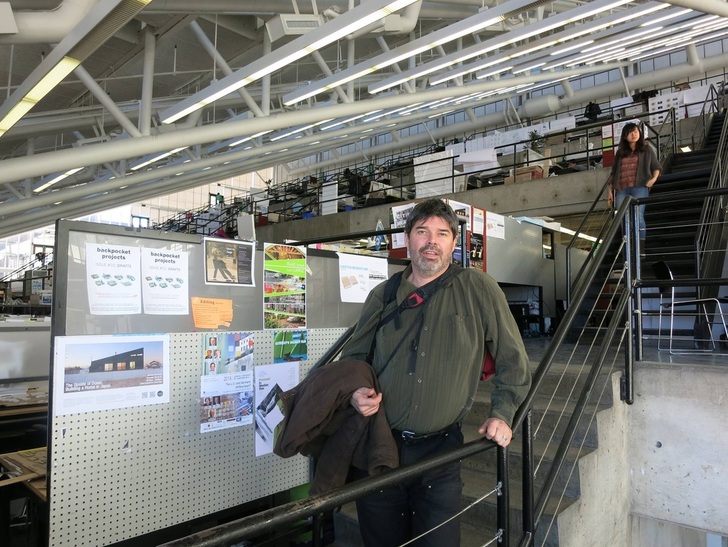
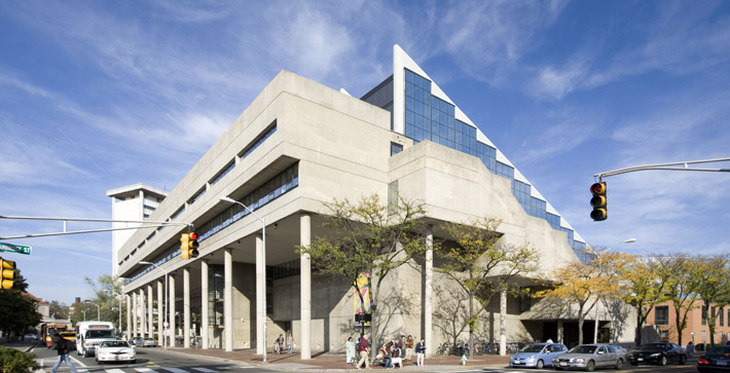
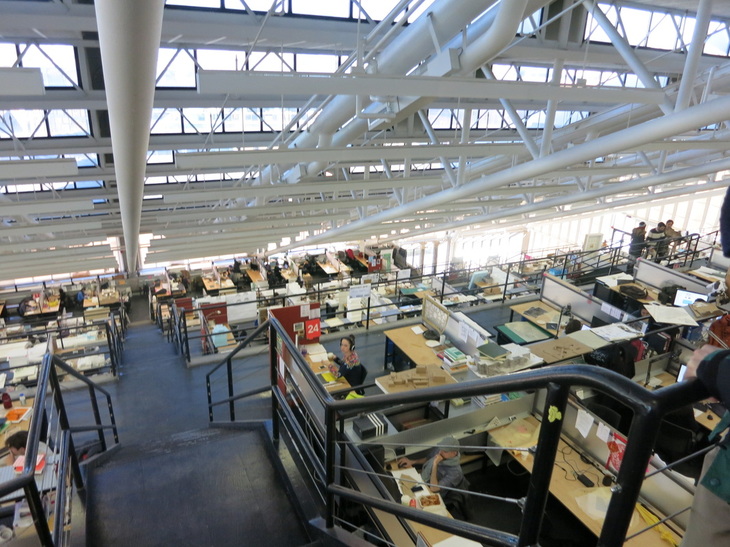
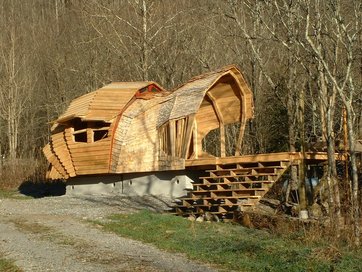
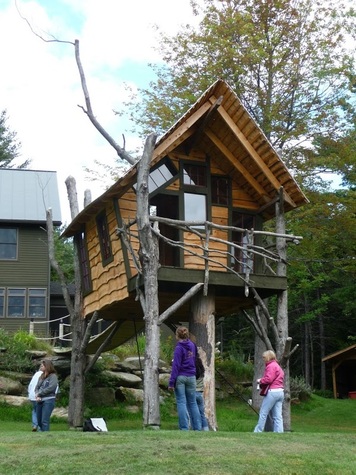
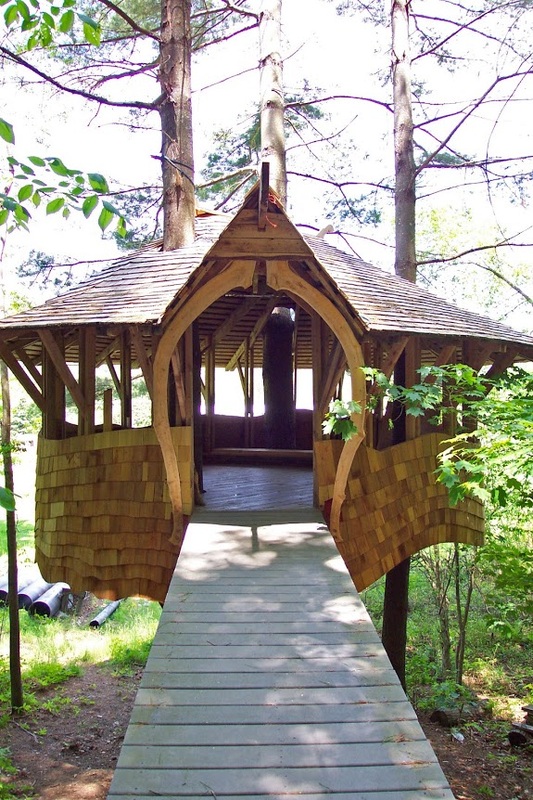
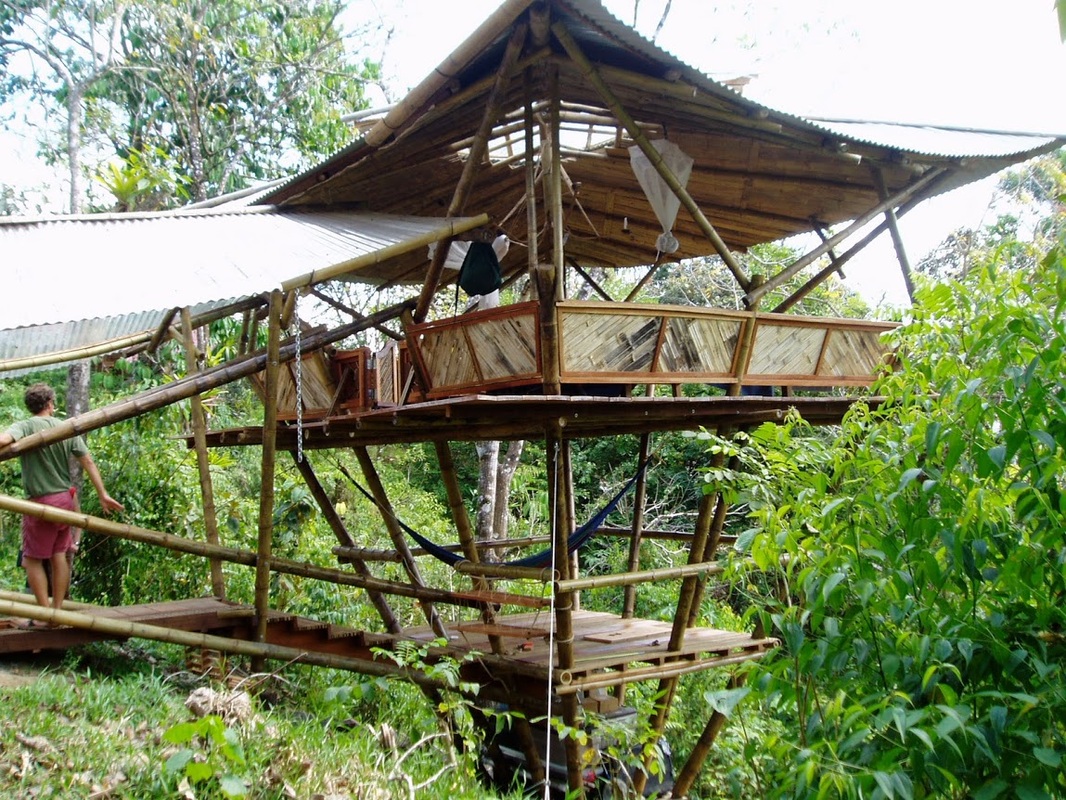
 RSS Feed
RSS Feed

